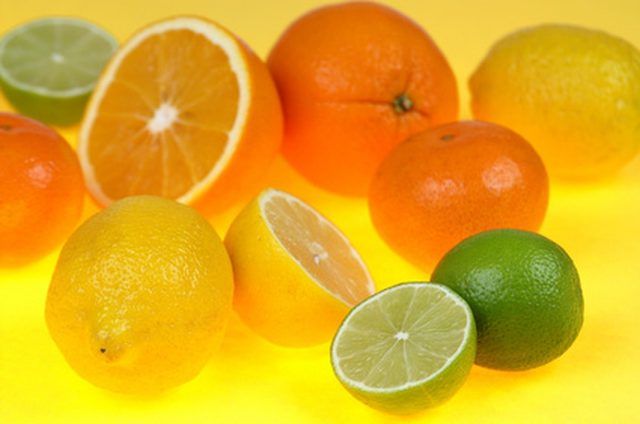Bulbs
Flower Basics
Flower Beds & Specialty Gardens
Flower Garden
Garden Furniture
Garden Gnomes
Garden Seeds
Garden Sheds
Garden Statues
Garden Tools & Supplies
Gardening Basics
Green & Organic
Groundcovers & Vines
Growing Annuals
Growing Basil
Growing Beans
Growing Berries
Growing Blueberries
Growing Cactus
Growing Corn
Growing Cotton
Growing Edibles
Growing Flowers
Growing Garlic
Growing Grapes
Growing Grass
Growing Herbs
Growing Jasmine
Growing Mint
Growing Mushrooms
Orchids
Growing Peanuts
Growing Perennials
Growing Plants
Growing Rosemary
Growing Roses
Growing Strawberries
Growing Sunflowers
Growing Thyme
Growing Tomatoes
Growing Tulips
Growing Vegetables
Herb Basics
Herb Garden
Indoor Growing
Landscaping Basics
Landscaping Patios
Landscaping Plants
Landscaping Shrubs
Landscaping Trees
Landscaping Walks & Pathways
Lawn Basics
Lawn Maintenance
Lawn Mowers
Lawn Ornaments
Lawn Planting
Lawn Tools
Outdoor Growing
Overall Landscape Planning
Pests, Weeds & Problems
Plant Basics
Rock Garden
Rose Garden
Shrubs
Soil
Specialty Gardens
Trees
Vegetable Garden
Yard Maintenance
How to Grow Hamlin Orange Trees in Pots
How to Grow Hamlin Orange Trees in Pots. The Hamlin is a prolific, early ripening orange popular in states where the harvest can be done before winter frost damages fruit. Its oranges are sweet and juicy, if fairly small. Compared with other orange trees, the Hamlin is fairly cold tolerant. Any citrus tree can be grown in pots for a time, and the...

The Hamlin is a prolific, early ripening orange popular in states where the harvest can be done before winter frost damages fruit. Its oranges are sweet and juicy, if fairly small. Compared with other orange trees, the Hamlin is fairly cold tolerant. Any citrus tree can be grown in pots for a time, and the Hamlin is no exception, though dwarf trees will do better longer. Container cultivation is the only option for climates with severe winters. Citrus trees grown in pots won't produce as well--the crop is limited by tree size--and will be less attractive.
Things You'll Need
Large container with multiple drainage holes
Drain tray
Appliance dolly
Metal mesh
Potting soil or custom mix: 1/3 thick compost, 1/3 sand, 1/3 peat moss
Dwarf Hamlin orange tree
Garden gloves
Loppers
Hand pruners (bypass-style)
Citrus fertilizer
Trowel
Blankets
Space heater (optional)
Choose a large container, one with at least several drain holes, and a durable drain tray. Your pot needs to be large enough for a patio tree but not too large to wheel indoors on a dolly. Plastic containers cost less and retain moisture longer, but ceramic pots and large wooden tubs have the heft to stand up to stiff winds.
Cover the pot's drain holes, on the inside, with metal mesh to prevent planting mix from washing out during watering.
Fill the container about half full with potting soil. Put on your garden gloves to protect your hands. Remove the tree from its original container and place it at its correct depth. The top of the containerized portion should be one to four inches below the pot rim. Add more planting mix, firm it around the root-ball and water thoroughly.
Set the pot in full sunlight for maximum growth. Placement in partial shade can slow growth--desirable as a tree starts to outgrow its pot--and also help acclimate trees for later trips indoors. But very shady or low-light conditions cause weak, leggy growth.
Fertilize only after new growth begins, following product instructions. In general, you'll want to fertilize monthly before blossoming and during the growing season. Don't over-fertilize.
Water only as needed or when the upper inch of soil is dry. Water all parts of the surface slowly, allowing excess water to drain.
Prune to remove dead, diseased or damaged vegetation, putting on your gloves and using loppers or hand pruners as appropriate. If your tree gets leggy while kept indoors in winter, or if leaves drop and twigs die because the tree's top becomes too large for its roots, cut back all branches by about one third to encourage bushier growth. Do heavy pruning in February so later flowering and fruiting is less affected.
Provide winter protection. Use the dolly to move the pot to a winter-safe place. Citrus trees thrive indoors in sunny spots during colder months. A greenhouse is another option. In areas with only occasional freezing temperatures, wheel your trees into the garage or other semi-protected area and add extra insulation for both the tree and its potted roots. Add blankets to cover the tree top--drive stakes into the pot to prevent direct contact with vegetation--and wrap the pot with insulation blankets normally used for water heaters. Use a gas, propane or electric space heater to warm the entire space, if desired.
Tips & Warnings
When your tree starts to outgrow its container, transplant it to a larger container or try root pruning. Alternatively, start again with a new tree.
If a white crust develops on the soil surface, salts from fertilizers are building up to unhealthy levels and need to be flushed out. Do this by slowly watering for 10 to 15 minutes, allowing all excess water to drain out.